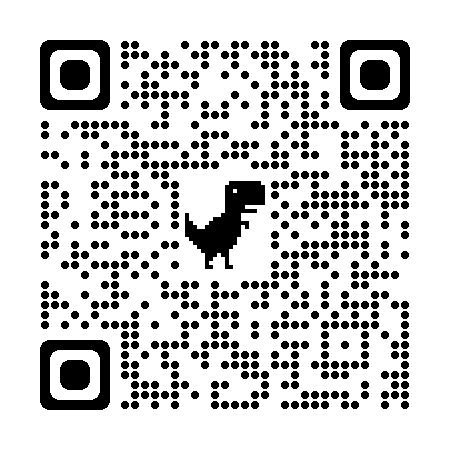The importance of punctuation marks in writing scientific research and its correct places.
Punctuation marks are one of the most important forms of writing scientific research, Therefore, the writer or researcher must pay attention to placing punctuation marks correctly, Because it makes it easier for the reader to pronounce sentences correctly, Whether a news or interrogative sentence, It explains the intentions of the writer that he wants to communicate to the reader, If the writer uses it in its proper places, They will help him remove the thumb and confusion with sentences or phrases that are written without punctuation marks.
We explain to you at the beginning the most famous punctuation marks for writing scientific research.
1- comma,
2- Question mark?
3- semicolon;
4- Exclamation mark!
5-Point .
6- Quotation mark << >>
7- The two points:
8- Ellipsis ….
9. Police or link –
10. Brackets ( ) and may << >>
Where are punctuation used?
1. Comma (,)
A comma between perfect sentences is used in a given meaning. Between the types of thing and its sections.
After the pronunciation of the call. Between the condition, the penalty, the oath and the answer if the sentence is prolonged.
Like O Muhammad, Fear God… If you can pardon those who offended you, So do.
2. Semicolon (;)
Used between two sentences, the second sentence is caused by the first. Conversely, the first sentence is caused by the second.
Example/ – The contestant will not win today because he is very sick
3. Period (.)
Used at the end of a sentence with full meaning. After the end of the speech and its expiry.
Example/ – Meeting adjourned.
Continue in the article the importance of punctuation marks in writing scientific research and its correct places.
4. Colons (:)
Used in:
Before quoted. Between the thing, its types and sections.
Between the utterance of the saying and the words spoken. Before speaking to clarify what preceded him.
Before examples illustrate a rule or provision. Example/ – Someone said to Iyas ibn Mu’awiyah: There is no shame in you except a lot of talk He said: Do you hear right or wrong? Said: No. Rather, it is true. Increasing the good is good.
5. Dash or link (_)
placed between the number and what it indicates, Whether it is a number or a word.
Used at the beginning of the line when dispensing with the repetition of the name of people in the sentence, an example placed in the dialogue style instead of “said”, Such as:
– Welcome.
–Welcome.
– When did you come?
6. Question mark (?)
Used at the end of the interrogative sentence. Example/ – Do you want to go with us?
7. Exclamation mark (!)
It is placed at the end of the sentence that indicates psychological emotions and is used in…
Joy and confusion
Denunciation and supplication
Surprise and distress
Example/ – This edifice is really cool! Poor mean man!
8. Quotation mark (” “)
The transmitted speech is placed between them adhering to the text such as: Verses of the Qur’an, or talking, Or a phrase for a writer.
The words of the terms or adjectives to be highlighted. As: The Almighty said: “Woe to every hamza lamza”
The school of “revival and resurrection” in Arabic poetry is famous for its tendency to classicism.
9. Ellipses («»)
means that there are many sentences or phrases in the text that have been deleted
Example/– << The idea of charity in Islam is a broad-minded idea, Includes all the good offered to people: as helping them in their affairs, or forbid them from committing sins, or guide them to the right path…. All this is charity…>>







